Polar Night & Northern Lights
The Northern Lights and polar night create a magical beauty in the northern winter landscape, where the sky dances in shades of green, violet, and red on the dark sky while the sun remains below the horizon around the clock.
Polar night is the time in the North when the sun does not rise above the horizon, creating a blue twilight and silence around it.
The polar night is a phenomenon occurring in the north, where the sun does not rise above the horizon for several weeks. It begins in December and lasts until mid-January, with the duration varying by region. During the polar night, daylight is replaced by a blue twilight, which adds a special hue to the winter landscape. Although the sun remains hidden, the darkness is not complete, as the snow reflects light, and the horizon often glows in shades of pastel pink. For many, the polar night offers a unique opportunity to experience the tranquility and peace of nature.
The Northern Lights are a colorful display in the Northern sky, where mystical lights dance across the dark night sky.
The Northern Lights, known by various names in different cultures, have been a mystical and enchanting light phenomenon in the northern sky for centuries. Many people have developed their own stories and myths about the Northern Lights.
In Finland, it was believed that the dancing lights in the sky were caused by a firefox running across the snow; the fox's tail swept the snow into the atmosphere, creating magical sparks, the Northern Lights. This mystical firefox was a secret wish of hunters, and catching one would be a sign of achieving life goals. However, this story is just one of many ways the Northern Lights have been explained before scientific understanding emerged.
How do the Northern Lights occur?
Today, we know that the Northern Lights occur when a stream of particles ejected from the sun, known as solar wind, collides with the Earth's atmosphere. These charged particles interact with the atoms and molecules in the atmosphere, creating colorful light phenomena—the most common color is green, but the Northern Lights can also shine in red, violet, and blue, depending on which molecules are involved and at what altitude the phenomenon occurs.
The activity of the Northern Lights is based on the sun's cycles, which change approximately every 11 years, during which powerful solar flares, especially at solar maximum, increase the occurrence of the Northern Lights. Currently, we are experiencing the most active phase of the Northern Lights cycle, where they can be observed in the evenings or at night almost any time the sky is clear.
When and where can you see the Northern Lights?
The best time to see the Northern Lights is precisely during the polar night when the nights are long and the sky remains dark. Seeing this sky spectacle also requires clear weather, preferably away from artificial lights in the surroundings.
Several services and applications are available to monitor activity, helping predict the best moments to experience this natural wonder. Aurora Alert is an excellent application for predicting the Northern Lights in Finland. The app can also be set to send alerts to your phone when the Northern Lights could be visible in the sky.

